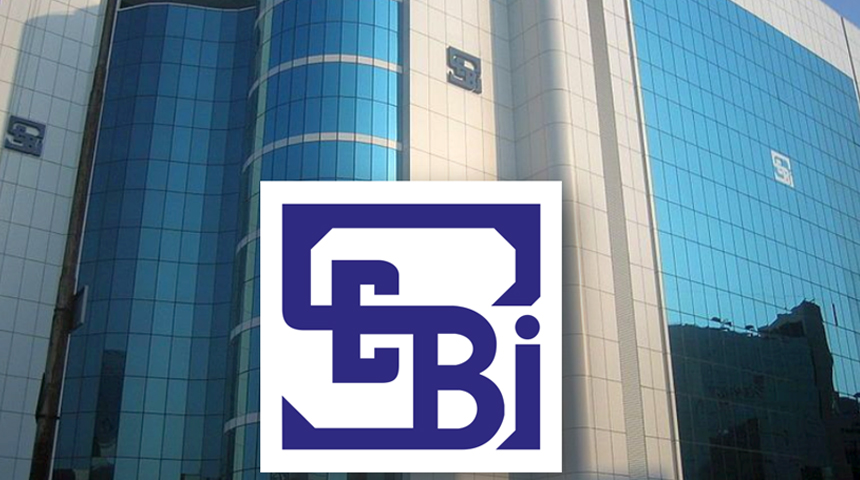Analysing the Implications of Extended Equity Trading Hours in India
[By Modit Mendiratta and Mahak Agarwal] The authors are students of Gujarat National Law University. Introduction The Securities and Exchange Board of India (SEBI) has recently proposed extending the trading hours for equity derivatives in India. The proposal has garnered mixed reactions from market participants and experts. Currently, the trading hours for equity derivatives on the National Stock Exchange (NSE) and the Bombay Stock Exchange (BSE) are from 9:00 am to 3:30 pm Indian Standard Time (IST). However, the proposed change would extend the trading hours to 5:00 pm IST, allowing for an additional hour and a half of trading. The proposed extension of trading hours is aimed at aligning India’s trading hours with other global markets and catering to the needs of foreign investors who are active during these extended hours. Additionally, the extension would enable market participants to react to any global events that may have an impact on Indian markets. What does it mean for Investors? Extending trading hours in the equity segment in India could have both positive and negative impacts on investors. Increased liquidity and trading opportunities could make it easier for investors to enter and exit trades, potentially reducing bid-ask spreads and transaction costs. However, increased volatility, higher trading costs, and increased risk of errors could make the market riskier for investors, particularly for retail investors who may not have the same level of resources as institutional investors. The actual impact on investors would depend on factors such as the specific length of the extended trading hours, the reaction of market participants, and the regulatory framework in place to monitor and manage the market.[i] The extension of trading hours could attract more market participants, leading to higher trading volumes, and increased liquidity in the market. Increased liquidity could improve the efficiency of the market and reduce bid-ask spreads, making it easier for investors to enter and exit trades. Longer trading hours could allow for more time for market participants to react to news and events, leading to improved accuracy in price discovery. This could result in better pricing of securities, reducing the likelihood of mispricing’s, and reducing the overall risk of investing.[ii] Longer trading hours could provide traders with more opportunities to enter and exit trades, potentially leading to increased profitability in the market. [iii] Positive Impacts of Extended Trading Hours Extending trading hours in the Indian market could have several potential benefits. Firstly, it could lead to increased liquidity in the market by attracting more market participants, resulting in higher trading volumes. This increase in liquidity could help to improve the efficiency of the market and reduce bid-ask spreads, which could make it easier for investors to enter and exit trades. Secondly, longer trading hours could lead to improved price discovery. This could happen because market participants would have more time to react to news and events, which could lead to a more accurate pricing of securities. As a result, the likelihood of mispricing’s could decrease, reducing the overall risk of investing. Thirdly, longer trading hours could provide traders with more opportunities to enter and exit trades, potentially leading to increased profitability. Traders could also benefit from more time to adjust their positions in response to market news or events, which could reduce their overall risk exposure. Lastly, extending trading hours would align the Indian market with global norms, as many other major stock exchanges around the world already have extended trading hours. This could make the Indian market more attractive to international investors, potentially leading to increased foreign investment. Overall, extending trading hours in the Indian market could have several benefits, including increased liquidity, improved price discovery, increased trading opportunities, and alignment with global markets. Negative Impacts of Extended Trading Hours Extending trading hours in the market could have potential drawbacks. Firstly, it could lead to increased volatility, as traders would have more time to react to news and events, potentially leading to wider price swings. This increased volatility could make the market riskier for investors and create greater uncertainty. Secondly, longer trading hours could lead to higher trading costs for market participants. They would need to dedicate more time and resources to monitoring and participating in the market, which could be particularly challenging for retail investors who may not have the same level of resources as institutional investors. Thirdly, longer trading hours could increase the risk of errors, as traders and market participants may become fatigued or less attentive during extended sessions. This could lead to mistakes that could have significant consequences for both the individual and the market as a whole. Lastly, extending trading hours could have an impact on the work-life balance of employees in the financial sector. They may need to work longer hours to keep up with the extended trading schedule, which could have negative consequences for employee morale, productivity, and overall well-being. Overall, extending trading hours in the market could have potential drawbacks, including increased volatility, higher trading costs, increased risk of errors, and potential impact on employees. Comparison of Indian Trading Hours with the global markets The Indian stock market currently operates for six and a half hours, from 9:00 am to 3:30 pm Indian Standard Time. In comparison, many other major stock exchanges around the world have longer trading hours. For example, the New York Stock Exchange (NYSE) and the NASDAQ operate for 6.5 hours from 9:30 am to 4:00 pm Eastern Standard Time. The London Stock Exchange operates for 8.5 hours from 8:00 am to 4:30 pm Greenwich Mean Time. It is worth noting that while some exchanges have longer trading hours, others have shorter trading hours than the Indian market. For example, the Australian Securities Exchange operates for 6 hours from 10:00 am to 4:00 pm Australian Eastern Daylight Time. Overall, the trading hours of stock exchanges around the world vary widely, and there is no one-size-fits-all approach. The decision to extend trading hours in the equity segment in India will require careful consideration of the potential benefits and drawbacks,
Analysing the Implications of Extended Equity Trading Hours in India Read More »









